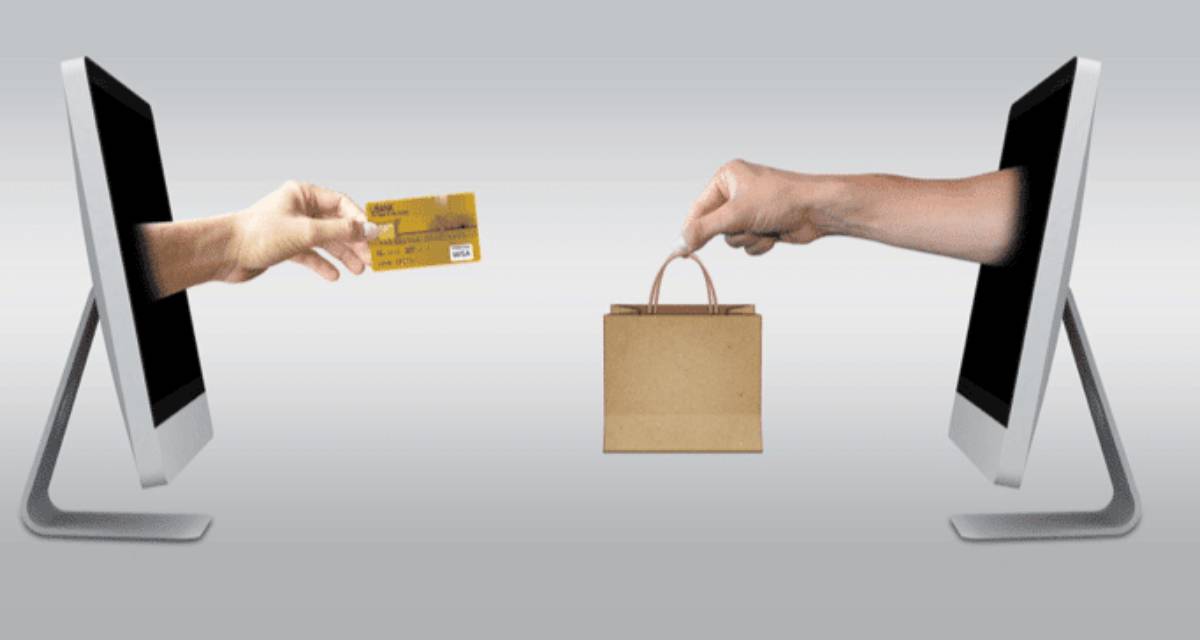Subscribe to our blog
Understanding Merchant Fees
Published: June, 5th 2020

Merchant Fees. They’re as annoying as they are confusing. Many business owners don’t know enough about how they work or what they are paying for, let alone the breakdown of costs behind each transaction.
eCommerce has helped numerous businesses stay afloat through digital sales. One downside is the fees associated with taking an online transaction can be considerably higher than in-store purchases.
Now that many Australian businesses have switched to selling more online, they are copping increased charges. It’s why Spenda is offering a FREE check up on your current merchant rates.
For payments made online, typical transaction rates tend to jump and can be as high as 2-3% per sale – stinging profits for businesses in the long run.
Consider how many dozens, hundreds or even thousands of sales that may roll in daily through your eCommerce portal! Having a higher merchant fee rate means potentially thousands of dollars lost on these transactions.
To put this into perspective, many of our competitors have card processing fees of around 2.9% + 30¢ for all online transactions. That means if you process one thousand sales online with each item priced at an average of $50, you could be losing $1,300-$1,800 in transaction costs every day.
Lowering merchant fees
If you’re paying any more than 2% for these transaction fees, you’re paying too much. Implementing modern integrated payment systems also helps by providing customers with more ways of paying and retains more sales. 44% of Australian consumers abandoned a sale in 2019 due to a lack of payment methods online or in-store.
Before signing with a payment provider, you should always ask for a detailed breakdown of fees, charges and what payments they accept as different cards will have different rates. AMEX, for example, charge higher processing rates for transactions. There is a different rate again for EFTPOS compared to Credit Cards.
First things first, let’s give you a rundown of how merchant fees work, what they can include and how you can avoid paying too much.
What are merchant fees?
Merchant fees are transaction fees that the merchant’s bank account must pay whenever a customer uses a debit or credit card purchase from their store. These fees are then paid to the card-issuing bank to cover fraud, handling and bad debt costs, along with the risk involved in approving the payment.
What to look out for?
When researching or looking at potential payment solutions for your site, understanding the fees is an excellent way to avoid burning a hole in your pocket.
Certain companies will alter their charges depending on what payment methods your customers are using. These charges can be confusing to understand and costly to experience.

These can include;
- The eCommerce app purchase
- Signing and setup costs.
- Monthly statement fees.
- Gateway setup (this is the fee banks will charge for receiving and processing each transaction).
- Monthly gateway fees (these cost around $30 on average with eCommerce payment services).
- Annual fees.
- Monthly processing fees (These vary according to how many payments are processed).
- PCI compliance for security (usually around $20 per month).
- Closing accounts or early termination fees (usually between $100 – $500).
- Bank charges (These generally range between 1.5 – 3% for every transaction).
- Credit card fees (generally between 0.1 – 1% for every transaction).
- Dispute management fees (for disputed or fraudulent transactions).
How are these fees charged to businesses?
Common credit card payment sources such as MasterCard and Visa, payment processors and the merchant’s bank will all issue a percentage-based fee on every transaction to your business.
These fees will frequently appear as a single, bundled amount on the bills your payment processor hands down. While this process sounds complicated in itself, there can be about 300 individual interchange charges involved within the ‘single’ transaction fee that ultimately adds up to what you pay.
If your business allows customers to make purchases using debit or credit cards, you will have to pay merchant fees for these processes. While no retailer or supplier wants to see their potential profits deducted from sales, the overall net gain from accepting these card payments far outweighs the cost of merchant fees.
How this process occurs
The process behind standard card eCommerce payments is complicated, but the chain flows in a similar pattern to this:
- The buyer selects a chosen card to make the payment.
- The business or store owner (merchant) processes the card through their payment system.
- The card and transaction data is sent to a gateway for online payments, usually the merchant’s bank, for which a fee is charged.
- This data is then sent from the merchant’s bank to the payment brand involved (Visa, Mastercard, etc.) who also charge a fee for the transaction.
- The payment brand (Visa, Mastercard, etc.) forward this data to the issuing bank (the buyer’s bank).
- This entire cycle is then repeated in reverse, so everyone involved with the transaction can validate the payment information is correct.
How Spenda can save you money on eCommerce and merchant fees
Not only can Spenda set up an eCommerce site without the setup or implementation fees, but our rates are also lower at 1.5% for domestic orders and 2% for international + 30¢ for all online transactions. We integrate all transaction data with financial systems such as MYOB Account Right Live, Xero and Quickbooks Online in real-time and offer more flexible payment options.

Want your FREE check up on your current merchant rates? Get in touch with our team now. Discover how your business can save thousands of dollars annually with eCommerce payment solutions that put more money back in your pockets.
